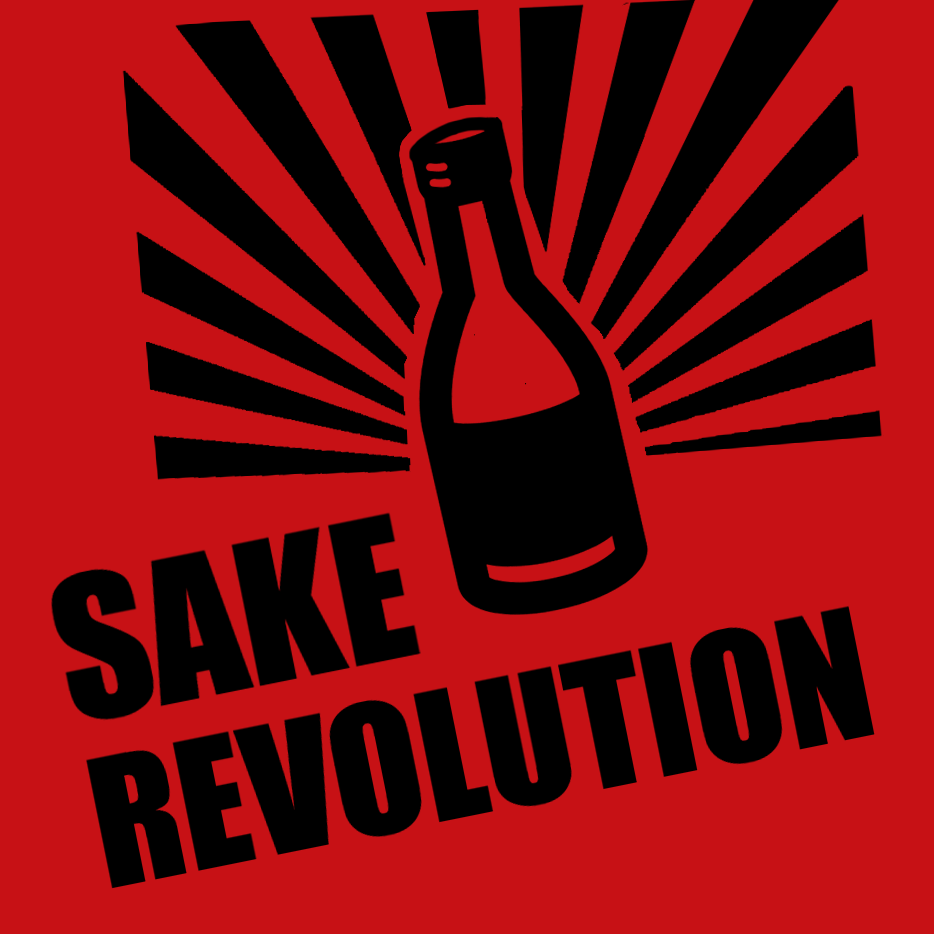Interview: Miho Imada of Imada Brewery
 I had the great pleasure of meeting Miho Imada, Master Brewer for the Imada Sake Brewery, for the first time at Sake Hana back in 2006 and again in April 2008. Imada-san’s sake is a splendid example of hand crafted Hiroshima Sake. There are two Imada Sakes available in the U.S. currently: First, Imada Fukucho Junmai Ginjo (aka “Moon on the Water”) which is a direct sake with a full nose and body while retaining it’s hiroshima softness. very enjoyable. Second, Imada Fukucho “Biho” Junmai Ginjo, which I found to be lighter with a long finish and a delightful light fruit flavor on the palate. I was honored when Imada-san agreed to answer some of my questions about her sake.
I had the great pleasure of meeting Miho Imada, Master Brewer for the Imada Sake Brewery, for the first time at Sake Hana back in 2006 and again in April 2008. Imada-san’s sake is a splendid example of hand crafted Hiroshima Sake. There are two Imada Sakes available in the U.S. currently: First, Imada Fukucho Junmai Ginjo (aka “Moon on the Water”) which is a direct sake with a full nose and body while retaining it’s hiroshima softness. very enjoyable. Second, Imada Fukucho “Biho” Junmai Ginjo, which I found to be lighter with a long finish and a delightful light fruit flavor on the palate. I was honored when Imada-san agreed to answer some of my questions about her sake.
Q: Hiroshima has a good reputation as an area for good sake. What about Hiroshima is special that makes such good sake? Rice? water? climate?
Imada-san: One of the reasons is that this is where they invented the method to brew sake with soft water (soft water brewing), which laid the base for ginjoshu (quality sake brewed from the finest rice) as it is today. And a group of craftsmen, called Hiroshima Toji, was organized and has carried on this tradition to the present day.
Until then, hard water with high mineral content had been used in sake brewing. But the water in Hiroshima is soft water. It’s susceptible to contamination due to the slow alcoholic fermentation caused by the lack of minerals. In order to overcome this weakness, techniques such as extended fermentation in a cool temperature were invented by a craftsman named Senzaburo Miura of Akitsu Town, the town where Fukucho is located.
 It was around the year 1900. The sake made by the soft water brewing method took first place at the First Nation-wide Contest in 1904, and its name became known all over the country. These techniques have contributed to a break-through advancement in Japanese sake brewing, laying the base for ginjoshu as it is today. It’s for this reason that Akitsu Town is called Home of Ginjoshu.
It was around the year 1900. The sake made by the soft water brewing method took first place at the First Nation-wide Contest in 1904, and its name became known all over the country. These techniques have contributed to a break-through advancement in Japanese sake brewing, laying the base for ginjoshu as it is today. It’s for this reason that Akitsu Town is called Home of Ginjoshu.
Those who learned this soft water brewing method were called Akitsu-toji (Hiroshima-toji), out of which came many great craftsmen. The successors of the Akitsu-toji have continued their efforts and still maintain their tradition of passion for sake brewing today.
Here is an interesting topic:
Satake, the Japanese enterprise who proudly has a 97% market share of rice mill machines in the U.S., is located in Hiroshima. This company, which is now of a global scale, was one created to mill the ingredient rice to become the sake that was made by using the soft water brewing method.
In the early days when the soft water brewing method was invented, rice was milled by water mills and manpower. Rice milling by water mills did not fill the demand of sake. So Mr. Satake who was a railroad engineer developed the first rice mill machine using mechanical power. This is the how the Satake company became the business as it is today. This story also attests to the prosperity of Hiroshima as Home of Ginjoshu.
Q: I understand it is not common for a woman to work in sake brewing as a Master Brewer. How did you become a master brewer? Are people
sometimes surprised to learn you are the master sake brewer?
 Imada-san: I took a training in theory and practice (of sake brewing) for 4 months at the trainee program with the National Tax Administration Agency Research Institute of Brewing (currently the independent company Integral Research Institute of Alcoholic Beverages).
Imada-san: I took a training in theory and practice (of sake brewing) for 4 months at the trainee program with the National Tax Administration Agency Research Institute of Brewing (currently the independent company Integral Research Institute of Alcoholic Beverages).
Then I worked with the previous toji for 10 years before I took over. About 15 years ago when I went back to the brewery there were few women working there, but there are more now. I think it’s largely because now with better facilities and conditions there is less physical labor and we have workers’ systems instead of migrant labor. But still, they are few.
Q: Do you think sake has a strong future in the US? Do you find Americans to be enthusiastic about sake in general?
Imada-san: Sake is as indispensable as wine for Japanese food. I believe the future is bright if they can enjoy the authentic Japanese food and if we don’t lose our passion for making good sakes.
Q: What is one thing that you think would surprise Americans if they saw sake brewing process in person?
Imada-san: The beauty and the texture of the brewer’s rice that’s 40% or 50% polished, and the fragrance of it when it’s beginning to steam. The fragrance and the sweetness of rice malt… The fragrance of choice draft fermenting.
Q: What do you look for in a good sake? Which Imada sake is your favorite and why?
Imada-san: To provide a delicious and happy moment that you can share and enjoy life with your family, your friends, and your loved ones. The sakes I’ve made myself are all so dear to me that I cannot choose just one!
**********
Imada-san, I can’t thank you enough for all your insight into Hiroshima and the life of a Master Brewer! I know I speak for many fans of your sake when we say “Thank You, and keep up the good work!!” in your efforts to make your wonderful sake.


